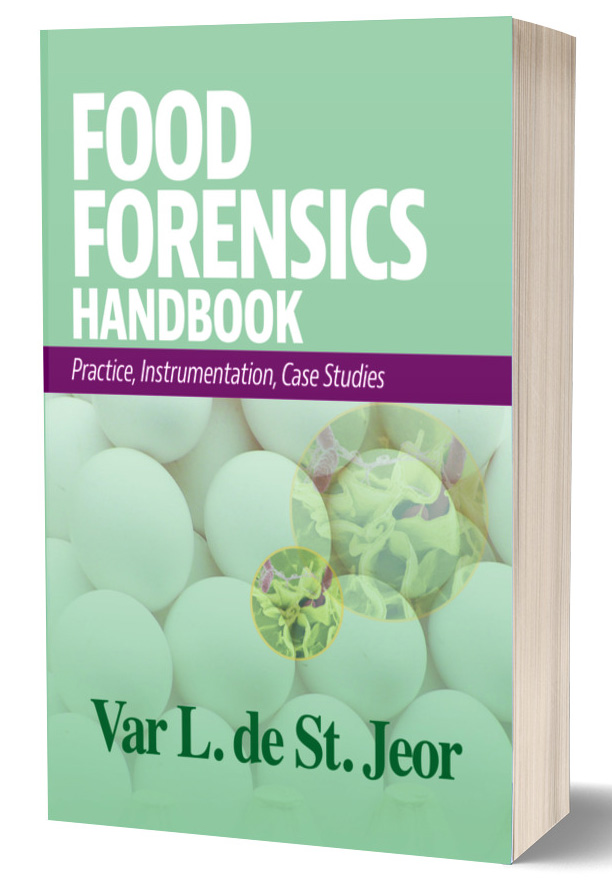EU Sees Increase of Foodborne Illness Outbreaks in 2021; Still Lower than Pre-Pandemic Levels

Credit: The U.S. Centers for Disease Control and Prevention (CDC) via Unsplash
There was an overall increase in reported cases of zoonotic diseases and foodborne illness outbreaks in 2021 compared to 2020, the latest EU One Health 2021 Zoonoses Report revealed. However, cases and outbreaks are still below the levels seen before the COVID-19 pandemic.
For the EU One Health 2021 Zoonoses Report, the European Food Safety Authority (EFSA) and the European Center for Disease Prevention and Control (ECDC) collected data on zoonoses monitoring and surveillance activities carried out in 2021. Included in the data is the occurrence of zoonotic microorganisms in food and feed sources, food-producing animals, companion animals, and wild animals, as well as human zoonotic illnesses and human cases related to foodborne illness outbreaks. Information was gathered from 27 EU Member States (MSs), Northern Ireland, and nine non-MSs.
The drop in cases and outbreaks compared to pre-pandemic years is likely due to COVID-19 control measures, which were still in place in 2021. Two exceptions to the trend are cases of Yersinia enterocolitica infections and foodborne illness outbreaks lined to Listeria monocytogenes, which exceeded pre-pandemic levels.
In 2021, 27 Member States and the United Kingdom (Northern Ireland) reported 4,005 foodborne illness outbreaks (29.8 percent more than in 2020) and 32,543 human cases of zoonotic infection (a 62.6 percent increase).
The most frequent cause of foodborne illness outbreaks in 2021 was Salmonella, which accounted for 19.3 percent (773) of the total. The most common sources of salmonellosis outbreaks were eggs, egg products, and “mixed foods,” which are meals composed of various ingredients. S. Enteritidis was the Salmonella strain most frequently found to cause foodborne illness outbreaks.
Despite the number of Salmonella illnesses that were reported in 2021, 16 Member States and Northern Ireland achieved all the established targets for reduction in Salmonella prevalence for the relevant serovars in specific poultry populations throughout the year. Trends in the prevalence of Salmonella target serovar-positive flocks have been reasonably stable in the EU over recent years for the specified poultry populations. For 2021, within the category of ready-to-eat (RTE) food samples, a very low proportion (0.23 percent) of Salmonella-positive units was found, with the highest percentages of positive samples described for “meat and meat products from pigs” (0.82 percent) and “spices and herbs” (0.72 percent).
The number of outbreaks caused by L. monocytogenes (23) in 2021 was the highest ever reported. The trend might be linked to the increased use of whole genome sequencing (WGS) techniques, which allow scientists to better detect and define outbreaks.
The report also covers overall reported zoonotic disease cases, which are not necessarily linked to outbreaks. Campylobacter remains the most frequently reported zoonotic pathogen, with the number of reported cases of infection increasing to 127,840 compared to 120,946 in 2020. Meat from chicken and turkeys was the most common source of campylobacteriosis. Salmonellosis was the second most reported zoonotic disease, affecting 60,050 people compared to 52,702 in 2020. The next commonly reported diseases were yersiniosis (6,789 cases), infections caused by Shiga toxin-producing Escherichia coli (6,084 cases), and listeriosis (2,183 cases).Looking for a reprint of this article?
From high-res PDFs to custom plaques, order your copy today!






